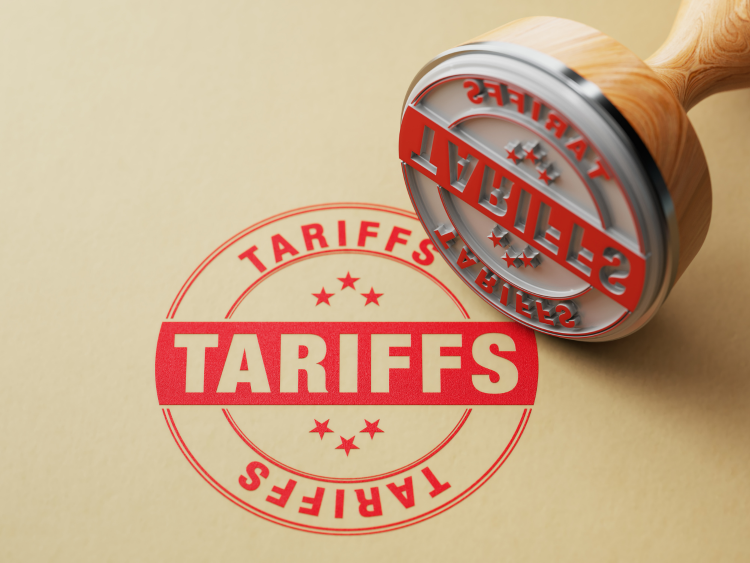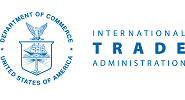Steel Markets

Sheet market sources slam tariffs for prolonged demand slump
Written by Kristen DiLandro
October 9, 2025
Domestic sources say tariffs are ultimately to blame for stagnant demand in the hot-rolled coil market.
Tariff troubles
Multiple market participants who support President Trump’s beefed-up trade policies are grappling with whether the benefit of higher steel prices is negated by the reality of not making sales.
When asked if tariffs are the “cause” of market stagnation, sources commented that overall uncertainty about when to buy steel and at what prices has created a new kind of cautiousness in the market.
Buyers are too wary of stocking up on any excess steel. Sources say that tariffs have been too confusing, and unique market conditions unsettle buyers. For example, domestic mill capacity remains high, and competitive imports are out of the market. The dynamic has buyers playing it safe as they observe the market unfold.
Speaking out
Sources also think tariffs have caused tremendous disruption to the automotive and construction industries, two of the most critical sectors for steel consumption. As those industries pivot and re-strategize, plan, and produce, there is less overall steel demand.
A 50-year veteran steel industry consultant believes the damage caused by the uncertainty will take time to undo.
“The Trump tariffs have made both short- and long-term strategic planning a challenge for such critical arenas as automotive, construction, and manufacturing, and supported an ‘only buy what you need’ mentality. This in turn has put the domestic mills in a position of simply trying to maintain some semblance of stability,” he told SMU.
He pointed to Nucor’s consumer spot price publication as a proof point: “Seeing Nucor holding their CSP for 7 weeks in a row is a good example of this, as is Cliffs ceasing to play that game anymore. This is all made more interesting by the fact that imports are expected to continue in decline while domestic mill utilization rates remain in the upper 70% range.”
He does not think weekly spot markets for HR will begin to strengthen until the new year, saying, “It will take two to three more months of perceived economic stability to breathe more life into consumer/buyer confidence factor and fundamentally breathe some positivity into steel market demand.”
A Midwestern service center operator shares this opinion, commenting that, week by week, the HR market is in the throes of reacting to the tariffs. With little understanding of whether “a deal” will be made, and if so, when and with which country, steel consumers aren’t willing to take any risk.
“HR is still flat. Cold rolled demand is very slow, with only some sales to hardware or construction consumers. That business is too slow and we have too much inventory on the floor,” he said.
He also believes that “Steel tariffs should be a thing of the past. It should be that all automotive parts, all construction and infrastructure parts, and any government funded projects must be made with steel that’s melted and finished in the US.”
One Ohio Valley steel service center associate is discouraged by the fact that his business is down 8% from where it was in 2024.
“Demand for hot rolled is soft and cold rolled demand is even softer,” he commented. “Coated products are starting to do better than they have been. It seems that commercial HVAC is starting to pick up and move material.”
But “we’re still way off from last year,” he added.
A West Coast service center source cited multiple industries he believes are suffering and causing continued soft steel demand.
“Auto is slow nowadays, construction is slow across the country, manufacturing is slow and even energy isn’t doing that well. That’s a lot of the consumers for HRC. Scrap is turning soft from the export and domestic sides, not a pretty sight,” he contends.
Pricing
On Tuesday, SMU published its weekly price assessment. HR sheet prices were flat week-on-week at $795 per short ton (st). CR sheet prices decreased by $5/st to $990/st.
In the equivalent week of 2024, HR prices were $695/st on average, while CR prices averaged $940/st.
All prices are ex-works domestic mill.

Kristen DiLandro
Read more from Kristen DiLandroLatest in Steel Markets

Week in Review: Sept. 29 -Oct. 3
Let’s take a quick tour of some key stories from SMU in the week of Sept. 29 - Oct. 3.

Hot-rolled coil sources lament stagnant conditions
Participants in the hot-rolled sheet market expressed frustration with the continuing lack of demand this week.

Plate market sources critique mill hikes amid current market conditions
Following spot market plate price increase notices issued by domestic mills this past week, participants are contemplating the rationale behind the increases and whether they will stick. Some sources anticipate that current market conditions will shift in November and believe the increases may set a new "pricing floor."

ITC’s final ruling: Dumped, subsidized CORE imports are harming domestic market
The US International Trade Commission (ITC) finds that corrosion resistant steel (CORE) imports from 10 countries have caused material damage to domestic product producers, according to the ITC’s statement.
